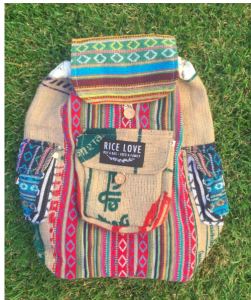Most people have heard of the wooly mammoth, saber tooth tiger, or the dodo. Science education, even from a young age has made sure of that their existence is known and some may have seen fossils of the beasts in a museum. These creatures roamed the Earth thousands of years ago when our species was just getting started. Today, they are long gone but science and modern technology is beginning to question that reality. In the conservation biology class I am currently taking here at the College of Charleston, which I highly recommend, we had to select a book to read to broaden our views of conservation and our environment. The one I chose was How to Clone a Mammoth by Beth Shapiro. In Shapiro’s book she explored the new science of de-extinction, which is essentially resurrecting animals that no longer exist. While I will not spoil the excitement of the end, the author did however delve into the fascinating aspects of bringing back mammoths; the means of either cloning or gene editing in elephants to make them mimic mammoths as a key part of the process. She also closely examines the ethical questions and the potential environmental impacts that would come with reintroducing an extinct animal into the wild. Shapiro argues for de-extinction in the name of restoring or reviving ecosystems such as the arctic tundra with the reintroduction of mammoths. Hypothetically if this feat of bringing mammoths back was successful, then they could potentially stop the melting of permafrost by packing it back down. The author also notes that she does not believe that a resurrected species be displayed in a zoo for tourism like some kind of trophy. This species coming back from the dead would theoretically provide great ecosystem services both culturally and environmentally if the feat could be achieved. However, there is the question of whether this is morally right or wrong. If we have the technology and the science to bring something that we helped go extinct back, should we? Shapiro wrestles with this question throughout the book asking the reader what they think. After reading, I contemplated this question myself. I personally concluded that it could not hurt to try. I believe that the worst-case scenario is that the new species just dies out again, but if it succeeds then humans could utilize this to save other ecosystems that we as humans depend on. I see this new biological technology as a tool for good and it gives me hope for the future. With all that said and done I really do encourage people to pick up this fascinating book in their spare time!
Source: Shapiro, Beth. How to Clone a Mammoth: the Science of De-Extinction. Princeton University Press, 2016.



